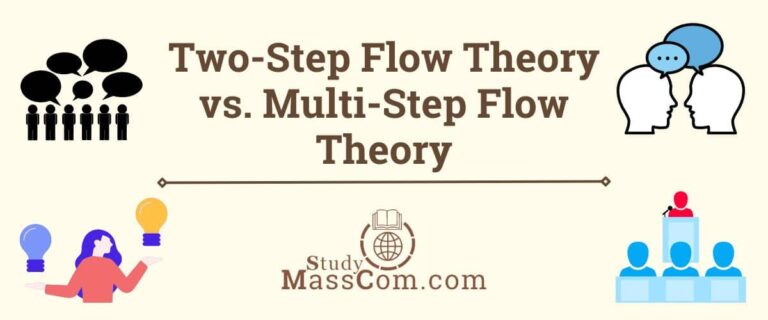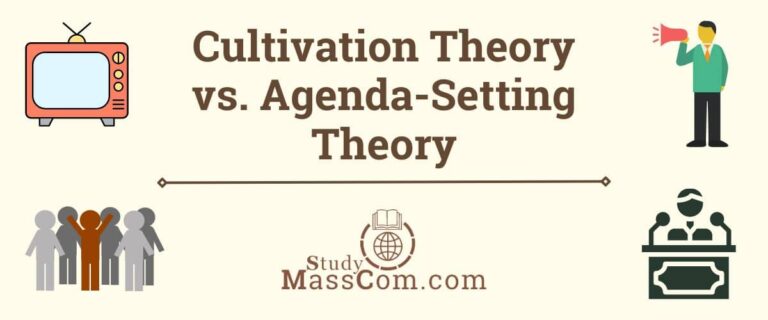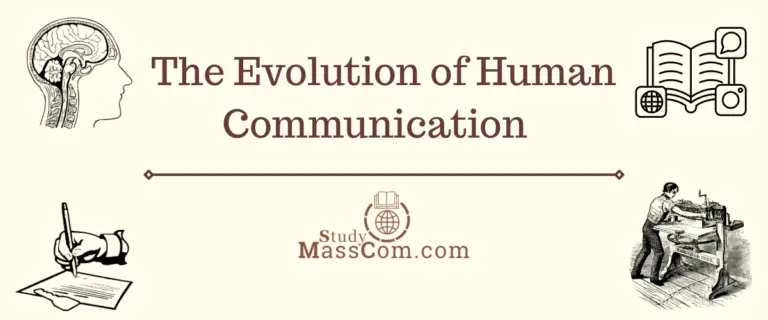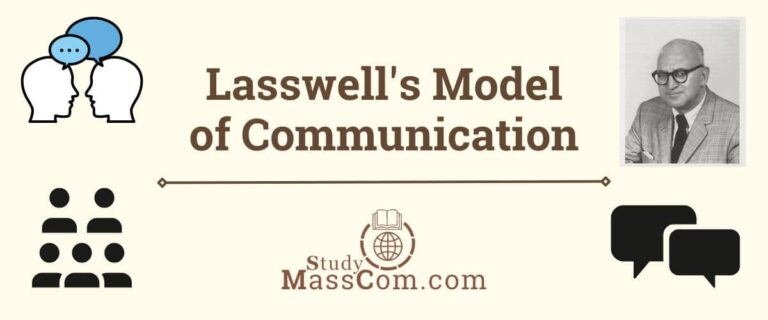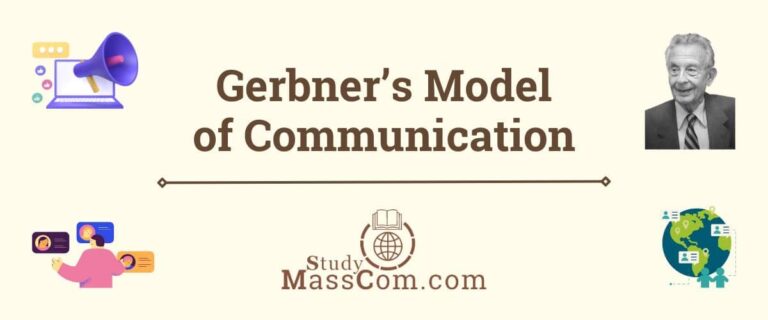Aristotle and Berlo’s Model of Communication: Similarities & Differences
Aristotle, an ancient Greek philosopher, is renowned for his contributions to various fields, including ethics, politics, and rhetoric. In the realm of communication, Aristotle’s insights are primarily found in his work “Rhetoric,” where he outlines principles for effective persuasion and public speaking. David Berlo, a communication theorist, developed his model of communication in the mid-20th century when the study of communication was gaining prominence. His model aimed to provide a comprehensive framework applicable to various communication contexts.
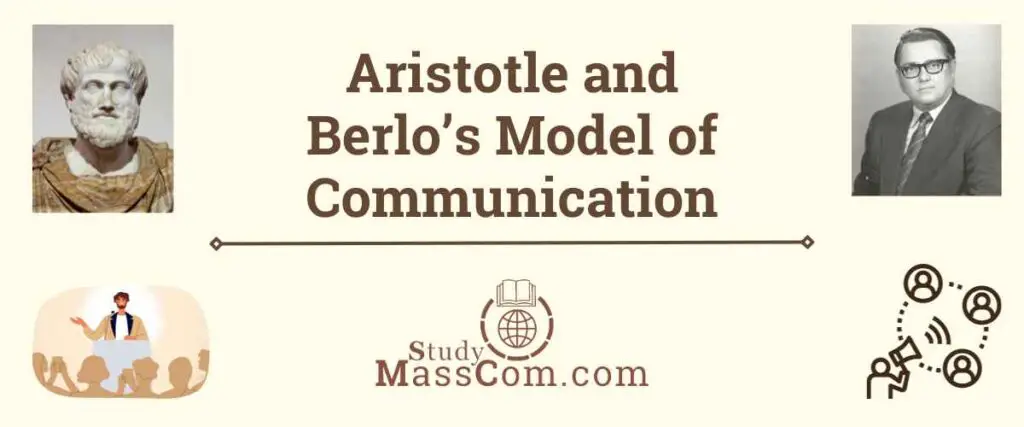
Overview of Aristotle’s Model of Communication
Aristotle introduced a model of communication that laid the foundation for the understanding of persuasive discourse and effective public speaking. His insights into communication are primarily encapsulated in his seminal work “Rhetoric.” Aristotle’s model revolves around the art of persuasion and the components essential for compelling communication.
In Aristotle’s model, communication involves three key modes of persuasion:
- Ethos (Ethical Appeal): This pertains to the credibility and character of the speaker. Aristotle emphasized that a communicator’s ethical standing significantly influences the audience’s receptivity to the message.
- Pathos (Emotional Appeal): Aristotle recognized the power of emotions in communication. Effective speakers evoke specific emotions in their audience, creating a more profound and memorable impact.
- Logos (Logical Appeal): Logical reasoning is crucial for persuasive communication. Aristotle stressed the importance of presenting a clear and logically structured argument to enhance the persuasiveness of a message.
Aristotle’s model underscores the dynamic interaction between the speaker and the audience, emphasizing the adaptability of communication based on the context and the audience’s responses. This enduring model has left an indelible mark on the study of rhetoric and communication, influencing subsequent theories and practices throughout history.
Learn more about Aristotle Model of Communication, its advantages and disadvantages.
Overview of Berlo’s SMCR Model of Communication
David Berlo, a prominent communication theorist, introduced a comprehensive model of communication (SMCR Model) that provides a systematic framework for understanding the intricacies of the communication process. Developed in the mid-20th century, Berlo’s model aims to address various communication contexts, including interpersonal, group, and mass communication.
Berlo’s model consists of five essential components:
- Source (Sender): The originator of the message who encodes thoughts and ideas into a communicable format.
- Message: The content or information being conveyed by the source, encoded into symbols or language for transmission.
- Channel: The medium through which the message is transmitted, such as spoken words, written text, or electronic means.
- Receiver: The intended audience or recipient of the message who decodes and interprets the communicated information.
- Feedback: The response and reactions of the receiver, completing the communication loop. Feedback is crucial for adjusting and refining subsequent messages.
Berlo’s model emphasizes the transactional nature of communication, highlighting the continuous exchange of messages between the source and receiver. It recognizes the influence of feedback in shaping subsequent communication and underscores the significance of adapting messages to ensure effective understanding. Berlo’s model has become a foundational framework in communication studies, offering insights into the complex dynamics that govern human interaction and information exchange.
Explore the pros and cons of Berlo’s SMCR model.
Similarities of Aristotle and Berlo’s Model of Communication
Aristotle and Berlo both contributed significantly to the study of communication, although they lived in different historical periods and approached the subject from distinct perspectives. Aristotle, a Greek philosopher, outlined his ideas on communication in his work “Rhetoric,” while David Berlo, a communication theorist, proposed his model of communication in the mid-20th century. Despite the differences in their contexts and methodologies, there are some similarities in their approaches to communication:
Sender-Receiver Model
In Aristotle’s communication model, there is a clear sender (the speaker) and a receiver (the audience). Communication involves the transmission of a message from the sender to the receiver.
Berlo’s model also emphasizes the importance of a sender and a receiver. According to his model, communication is a process that involves a source, a message, a channel, a receiver, and feedback.
Message Encoding and Decoding
Aristotle discussed the concepts of logos, ethos, and pathos, representing different appeals used in persuasive communication. Logos involves the logical appeal, ethos refers to the ethical appeal, and pathos involves the emotional appeal.
Berlo’s model includes the concept of encoding and decoding. The sender encodes the message, and the receiver decodes it. This process involves the transformation of ideas and thoughts into a communicable message and its interpretation by the receiver.
Feedback
While not explicitly outlined in Aristotle’s work, the concept of feedback can be inferred. Aristotle recognized the importance of adapting one’s communication based on the audience’s reaction and understanding.
Feedback is a central element in Berlo’s model. It represents the receiver’s response to the message and allows for adjustments in subsequent communication. This aligns with Aristotle’s idea of adapting communication based on the audience’s reception.
Transactional Nature of Communication
Aristotle’s model of communication acknowledges the interactive nature of communication, as it involves a speaker addressing an audience and adjusting the message based on the audience’s response.
Berlo’s model is transactional, emphasizing that communication is an ongoing process involving both the sender and the receiver. It highlights the dynamic exchange of messages and feedback.
Learn about the Transactional Model of Communication.
Difference Between Aristotle and Berlo’s Model of Communication
Aristotle and David Berlo approached the study of communication from different historical periods and perspectives, resulting in distinct models of communication. Here are some key differences between Aristotle’s and Berlo’s models:
Historical Context
Aristotle lived in ancient Greece and his work on communication is primarily found in “Rhetoric,” where he discussed the art of persuasion and effective public speaking.
David Berlo’s model, on the other hand, was developed in the mid-20th century when communication studies were emerging as a distinct field. His model is more contemporary and was designed to address various communication contexts, including interpersonal and mass communication.
Intent and Focus
Aristotle’s focus was on persuasive communication, particularly in the context of public speaking. He outlined principles for effective rhetoric, including the use of ethos, pathos, and logos.
Berlo’s model aimed to provide a general framework for understanding communication processes across different contexts. It emphasizes the elements of communication, such as source, message, channel, receiver, and feedback, without a specific focus on persuasion.
Elements of Communication
Aristotle’s model is less structured in terms of specific elements. He identified three modes of persuasion (ethos, pathos, logos) and emphasized the importance of adapting communication to the audience.
Berlo’s model is more systematic, breaking down the communication process into five components: source, message, channel, receiver, and feedback. Each element plays a specific role in the communication process.
Nature of Communication
Aristotle’s model recognizes the interactive nature of communication, especially in the context of public speaking where the speaker adjusts their message based on the audience’s reaction.
Berlo’s model explicitly acknowledges the transactional nature of communication, highlighting the continuous and reciprocal exchange of messages between the sender and receiver.
Check out the 7 important steps in the communication process.
Adaptability
Aristotle’s model is more adaptable to different communication contexts, particularly those involving persuasion and public speaking.
Berlo’s model is designed to be more versatile, and applicable to various communication settings, including interpersonal communication, small group communication, and mass communication.
Technology and Channels
Given the historical context, Aristotle’s model did not address modern communication technologies or a variety of communication channels.
Berlo’s model considers the role of communication channels and acknowledges the impact of technology on the communication process. It is more inclusive of diverse means of communication.
Check out the similarities and differences between Aristotle’s and Lasswell’s models of communication.
Conclusion
While there are similarities, it’s important to note that the two models also have notable differences, including the contextual and cultural factors that influenced their development. Both Aristotle and Berlo contributed significantly to the understanding of communication. Their models reflect the different contexts in which they lived and the evolving nature of communication studies. Aristotle’s focus was on rhetoric and persuasion in ancient Greece, while Berlo aimed to provide a comprehensive model applicable to various communication contexts in the 20th century.
Discover some important Mass Communication Theories and Models.
FAQs
Aristotle’s and Berlo’s models share similarities in their acknowledgment of communication as an interactive process involving both a sender and a receiver. Both models recognize the importance of adapting communication to the audience’s understanding and responses. Additionally, both Aristotle and Berlo highlight the dynamic nature of communication, with an emphasis on feedback. While Aristotle’s model focuses on persuasive communication and appeals, and Berlo’s model provides a more systematic breakdown of communication components, they converge in their recognition of the essential elements and the reciprocal exchange inherent in effective communication.
Aristotle’s model, rooted in ancient Greece, centers on persuasion through ethos, pathos, and logos, emphasizing public speaking. In contrast, Berlo’s mid-20th-century model is comprehensive, addressing various contexts with five components: source, message, channel, receiver, and feedback. While Aristotle focuses on the speaker-audience dynamic, Berlo’s model is transactional, stressing continuous interaction. Aristotle’s model is less systematic, emphasizing appeals, while Berlo’s is structured, accommodating diverse communication settings and technological advancements. Despite differences, both recognize the dynamic, interactive nature of communication and the importance of adapting messages based on audience feedback.
Aristotle’s model of communication, rooted in his work “Rhetoric,” emphasizes persuasive discourse and effective public speaking. Although not a formal model, it revolves around three modes of persuasion: Ethos (ethical appeal), Pathos (emotional appeal), and Logos (logical appeal). Aristotle underscores the importance of the speaker’s credibility, emotional engagement, and logical reasoning to influence and persuade an audience. While lacking the structured components of modern models, Aristotle’s principles continue to shape the understanding of effective communication, particularly in the context of rhetoric and persuasion.

